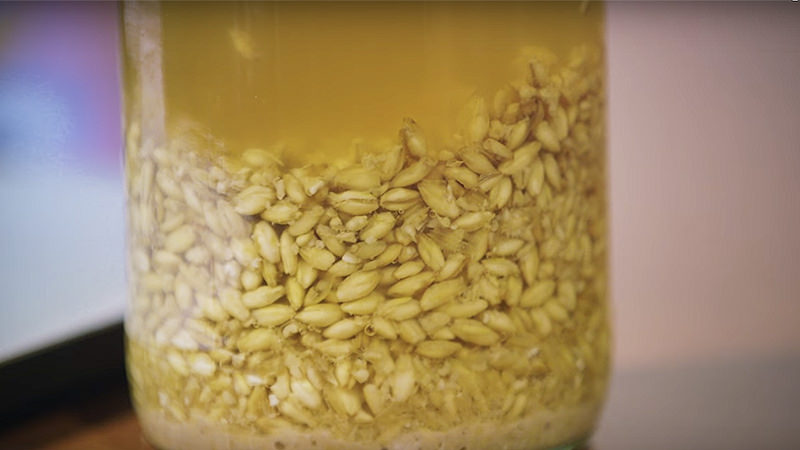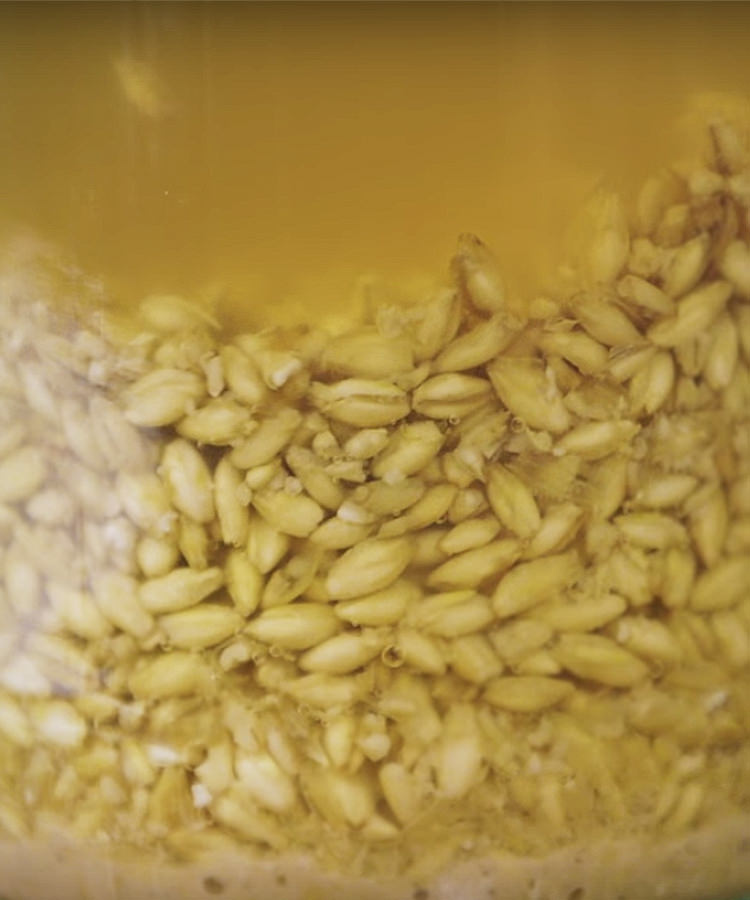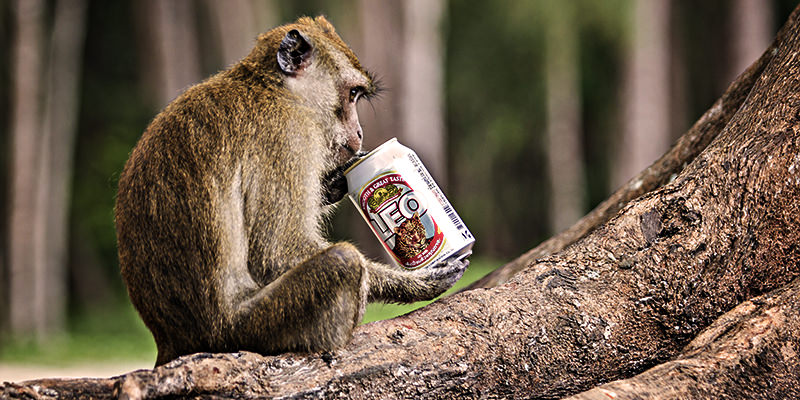Walk into nearly any restaurant, bar, or grocery store and it’s easy to see that alcohol is a part of daily life. The sheer variety and amount of alcohol — Americans alone drank the equivalent of 4.24 billion bottles of wine in 2016 — is staggering. Staggering, but not new. Humans have been making and drinking alcohol for about as long as humans have had written language.
In 2015, a team of archaeologists from the Shaanxi Provincial Institute of Archaeology were digging at Mijiaya, an ancient archaeological site near Xi’an, China. They uncovered subterranean pits that dated back 5,000 years. Some of the pits had open-mouthed pots, funnels, and small-mouthed jars. For Li Liu, a Stanford professor of Chinese archaeology, this could only mean one thing. The excavation had unwittingly uncovered the oldest microbrewery known to man.
Liu and four other researchers from Stanford, the Shaanxi Provincial Institute, and Brigham Young University, analyzed the pottery and found traces of beer on it. The resulting study, published in the Proceedings of the National Academy of Sciences, concluded that “an advanced beer-brewing technique was established around 5,000 years ago.”
The finding is the earliest evidence we have of purposeful alcohol production. But the likely history of humans and alcohol goes back even further.
The Drunken Monkey Hypothesis
In 2000, Robert Dudley, a professor of integrative biology at the University of California, Berkeley, wrote an article called “Evolutionary Origins of Human Alcoholism in Primate Frugivory.” In the piece, he made the argument that apes and early humans evolved to seek out ethyl alcohol because the smell meant that fruit was near. It came to be known as the “Drunken Monkey Hypothesis.” This was, obviously, long before the methods of alcohol production were discovered. But it’s likely the first signs of how humans got into alcohol.
Mammalian biology supports this hypothesis. Researchers at Santa Fe College in Florida examined 70 million years of primate evolution to try and pin down exactly when drinking alcohol became human nature. They discovered that around 10 million years ago, primates developed digestive enzymes called the ADH4 family. The enzymes are found in the stomach, throat, and tongue of primates, and they are the enzymes necessary to metabolize alcohol. Starting 10 million years ago, slightly spoiled fruit that had fallen and fermented could be eaten.
“If the ancestors of humans, chimps, and gorillas had a choice between rotten and normal fruit, they would go for the normal fruit,” Matthew Carrigan, a paleogeneticist at Santa Fe College, told Live Science. “Just because they were adapted to be able to ingest it doesn’t mean ethanol was their first choice, nor that they were perfectly adapted to metabolize it.”
As humans evolved and moved from hunter-gatherers to an agrarian society, they moved from stumbling upon alcohol to purposefully producing alcohol — namely beer.
The first beers

Beer, like bread, was first developed in stable agrarian societies. The Babylonians had 20 beer recipes, Egyptians were buried with their beer, and a 3,800-year-old Ode to Beer sings praises to the Sumerian goddess of beer. Beer was so important to early agricultural societies, in fact, that some believe it was the catalyst for turning to agriculture all together.
This theory is known as the “Beer Before Bread” hypothesis. In 1952, Robert Braidwood, a Middle East scholar from the University of Chicago, published a paper in Scientific American in which he concluded that humans settled in the Fertile Crescent to grow domesticated grains. A year later, the American Anthropological Association held a symposium titled “Did Man Once Live By Beer Alone?” in which a Wisconsin botany professor claimed that those early tools and grains were more in line with beer production than bread production. In other words, agriculture, and civilization by extension, are the result of early man’s desire to drink beer.
Liu and her team of researchers came to a similar conclusion about the 5,000-year-old beer in China.
“Our findings imply that early beer making may have motivated the initial translocation of barley from the Western Eurasia into the Central Plain of China before the crop became a part of agricultural subsistence in the region 3,000 years later,” the study states.
What did early beer taste like?
We don’t have to be content with simply knowing when people first brewed beer. Thanks to Liu and her students at Stanford, we know how the first beers tasted as well.
Liu was able to deduce the recipe for the 5,000-year-old beer she discovered using the traces of beer on the jars. The beer used millet, barley, yam, lily root, and a grass known as Job’s Tears. Her students gathered these ingredients, malted the grain, mashed everything together, and sealed it with plastic. One week later they had, by everyone’s best guess, the closest thing to a 5,000-year-old beer that we will ever know.
The taste, once students put their straws through the “white mold-like layers” on top of the beer, was sweet and fruity. It looked like yellow porridge, with unfiltered grain on the bottom. Judging by the students’ faces while they tried it, it tasted about as good as it looked.
Regardless of the taste, the Stanford students brought the history of humans and beer full circle back into the present day; from 5,000 year old brew to hazy New England-style IPA.

